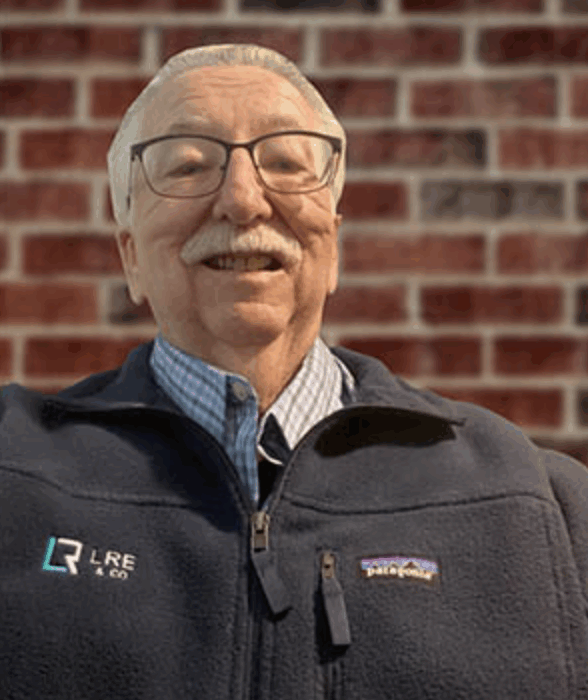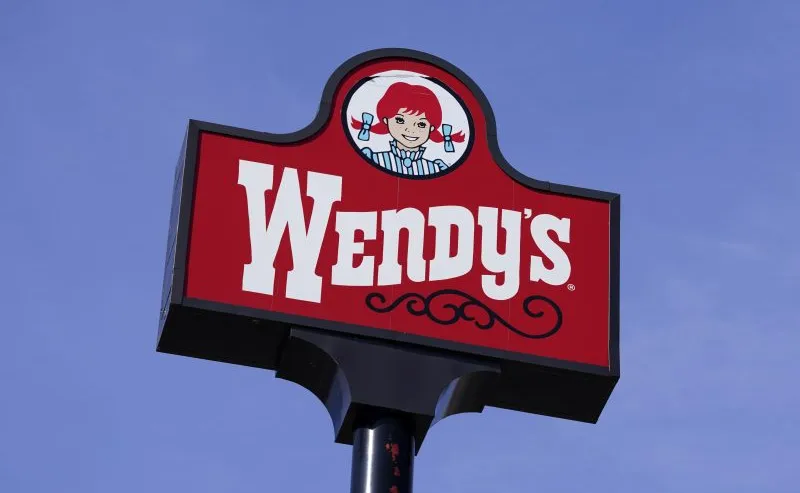Retail’s Comeback Is Real — And Cities Should Help Us Build on It
After years of speculation about the “death of retail,” something remarkable is happening in 2025: brick-and-mortar retail is not just surviving — it’s thriving. Across the country, retail vacancy rates have dropped to their lowest levels in decades, defying predictions that online shopping would render physical stores obsolete.
According to the National Association of Realtors, as of March 2025, the retail sector continues to post the lowest vacancy rate among commercial property types, with general retail leading the way at a 2.6% vacancy rate. This resilience is a testament to the enduring value of physical retail spaces in our communities.
But if we want this momentum to continue — if we truly want to revitalize our downtowns and suburban corridors — cities need to take an active role in encouraging it. One powerful way to do that is by offering targeted subsidies to businesses and developers willing to invest in vacant storefronts and neglected spaces.
When storefronts sit empty, neighborhoods suffer. Blight takes root. Economic activity slows. Property values decline. But when businesses return — whether it’s a local café, a boutique, or a national brand — they create jobs, attract foot traffic, and restore a sense of vibrancy and safety. Retailers today aren’t just selling products; they are offering experiences, fostering community interaction, and anchoring broader economic ecosystems.
As developers, we are ready to meet this moment. But revitalizing a struggling corridor often means taking substantial financial risks: outdated buildings, complex permitting, expensive tenant improvements, and the uncertainty of drawing enough traffic to sustain a business. Public-private partnerships can change that calculus. By offering grants, tax incentives, or low-interest financing to cover renovation costs or initial lease assistance, cities can transform empty spaces from a liability into an engine of opportunity.
We’ve seen glimpses of this model work. In communities where local governments proactively supported revitalization efforts — through façade improvement grants, rent subsidies for new tenants, or expedited permit processes — retail corridors rebounded dramatically. It’s not charity; it’s smart economic policy. A modest upfront investment generates recurring tax revenue, reduces crime, and enhances the overall quality of life.
At LRE & Companies, we believe revitalization is about more than just leasing space; it’s about building ecosystems that uplift entire communities. We work hand-in-hand with city governments, small business owners, and community organizations to ensure that the spaces we create aren’t just beautiful — they’re purposeful.
The resurgence of brick-and-mortar retail is a golden opportunity — but it’s not guaranteed to last if we don’t foster it deliberately. As developers, we are ready to lead. We invite cities to step alongside us, to invest in their own futures, and to recognize that when businesses succeed, communities thrive.
The store lights are turning back on. Let’s work together to keep them shining.








